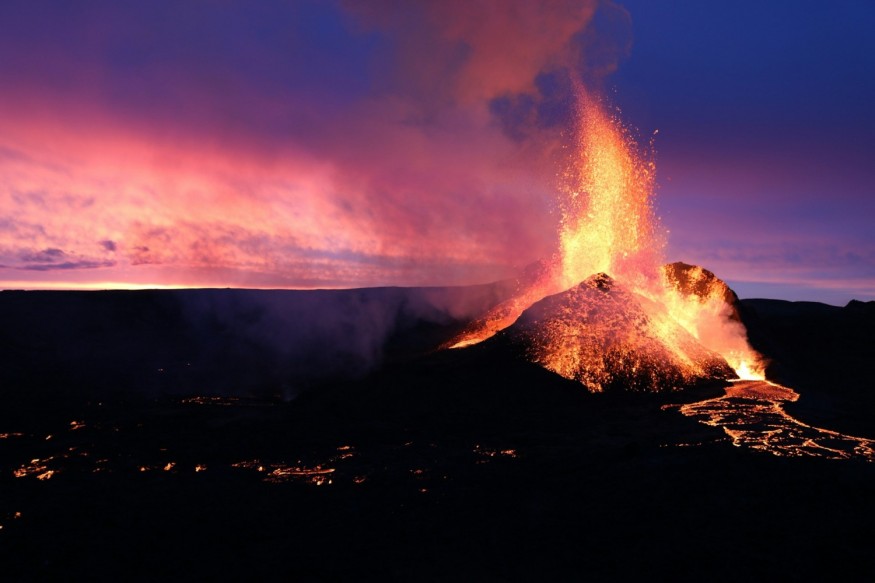Volcanic fountaining is a natural phenomenon where lava is forcefully emitted into the air before going back to the ground. Although there have been recordings of the phenomenon in different volcanoes worldwide, its exaggerated form is "depicted in cartoons" as a straight line of lava hurling toward the sky.
Also called volcanic fountain or lava fountain, this type of eruption has also been a mystery to the scientific community in general, especially when it comes to the exact mechanisms of how it occurs.
Now, a new study led by an international team of Earth scientists, volcanologists, geologists, and meteorologists may have finally resolved the volcano fountaining mystery.
The team developed a new theory that would explain the nature of lava fountaining itself by studying not the current volcanic eruption but the previous eruption of Iceland's Fagradalsfjall volcano, which caused evacuations and declarations of state of emergency in southwest Iceland earlier this month.
Cyclic Lava Fountaining

In a new study published in the journal Nature Communications on November 7, the international research team confirmed that near-surface magma flow instability is the driving factor behind cyclic lava fountaining at the said Iceland volcano. The team addressed the volcanic fountaining mystery by utilizing on the current knowledge that lava fountains are a common manifestation of basaltic volcanism.
In addition, the researchers since magma degassing plays an important role in lava generation. However, the control, duration, and intermittency of this process are only partially understood, according to the study, which pointed out that there have been challenges measuring some gases like H2O and CO2. Prior to the increased volcanic activity of Fagradalsfjall volcano in November 2023, the coalition of scientists sought the Iceland volcano's 2021 eruption, which included a six-week period of lava fountaining.
Fagradalsfjall Volcano Data
Data provided by the Iceland volcano was retrieved through spectroscopic measurement of emitted gases during 16 lava fountaining events back in May 2021, which allowed the researchers involved in the Nature Communications study to closely examine the volcano fountain phenomenon.
The observed and measured gases include H2O, CO2, SO2, HCl, HF, and CO, revealing that there have been phases of carbon dioxide degassing in the upper crust during magma ascent. This is followed by further gas-liquid separation at very shallow depths, the study says. The scientific team further explains that the pulsatory lava fountaining is the result of pressure cycles within a shallow magma-filled cavity.
Why Does Volcanic Fountaining Occur?
Prior to the study, the United States Geological Survey (USGS) explained that volcanic fountain occurs when lava fountains form and when the gas contained within the magma is unable to escape quickly as the molten rock rises towards the surface. This process results in a "jet-propelled" combination of lava and gas being released into the air.
Volcanic fountaining events have been observed in other volcanoes before, as mentioned earlier. The USGS says that Hawaii's Kilauea Volcano and Italy's Mount Etna also underwent the explosive eruption, regardless of different tectonic settings.
© 2025 NatureWorldNews.com All rights reserved. Do not reproduce without permission.





